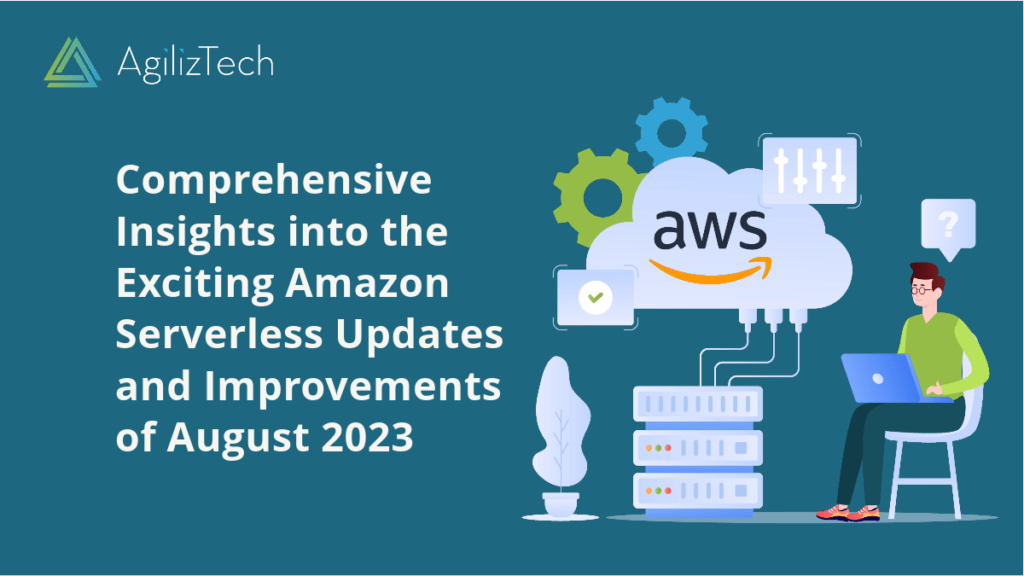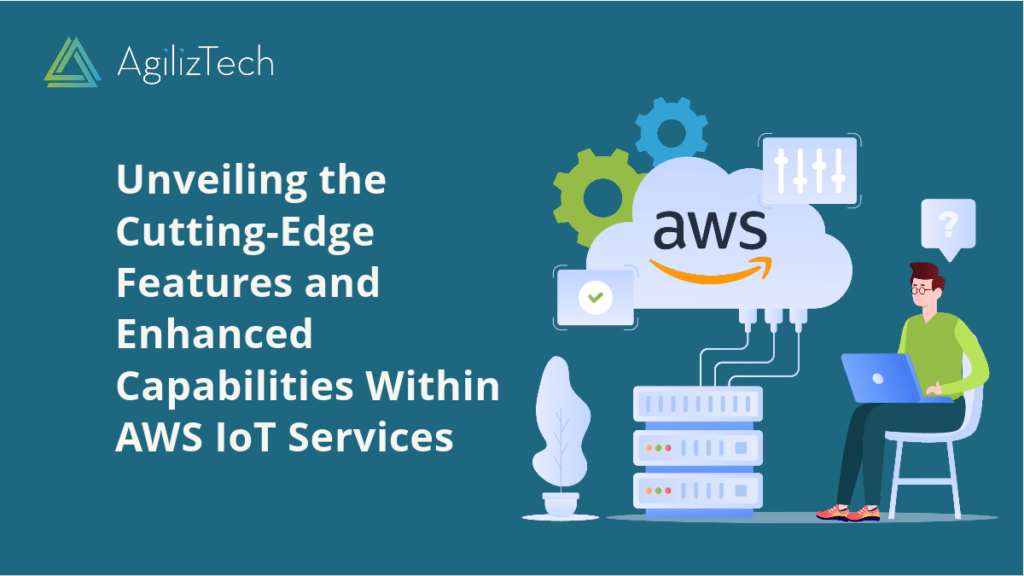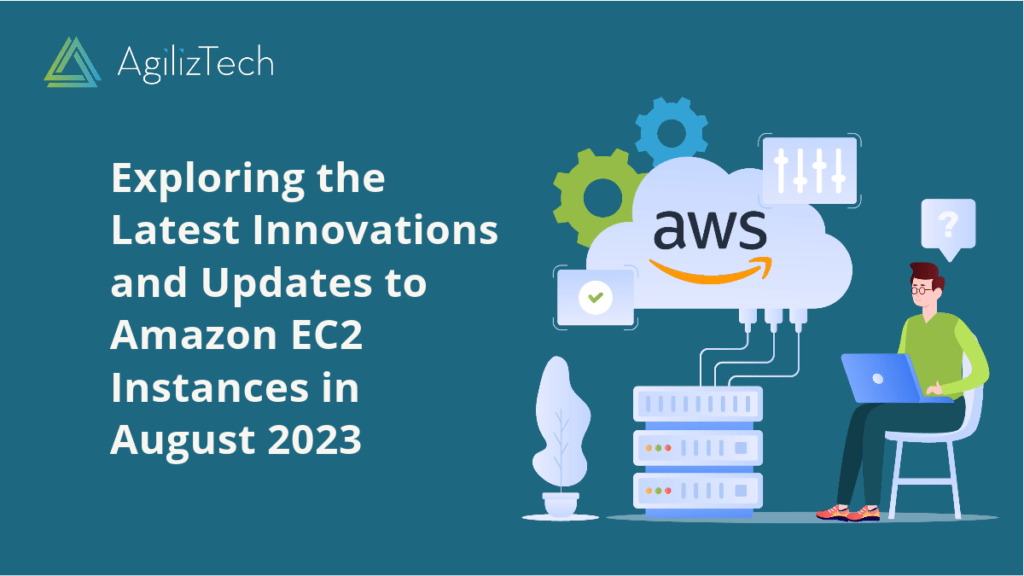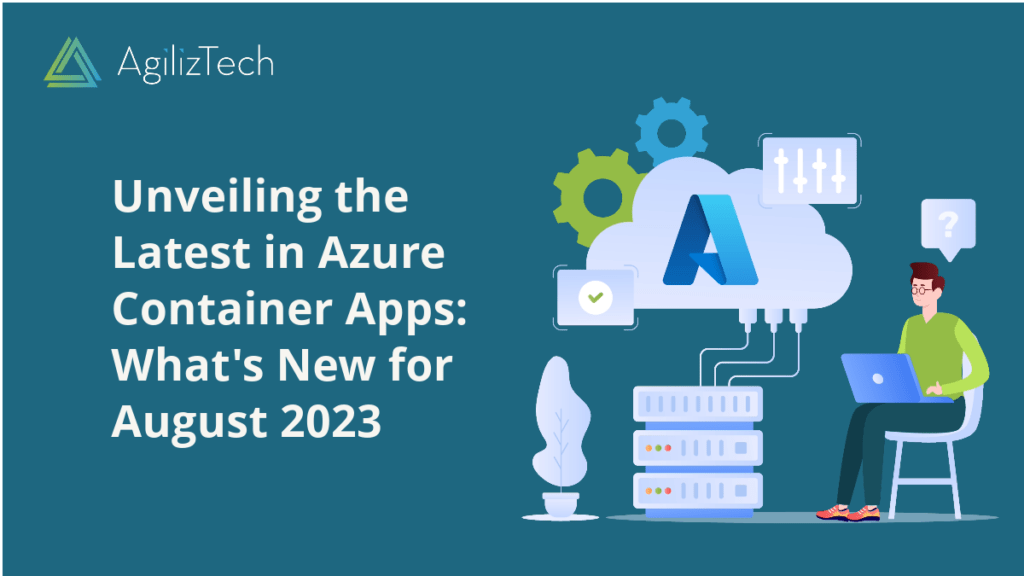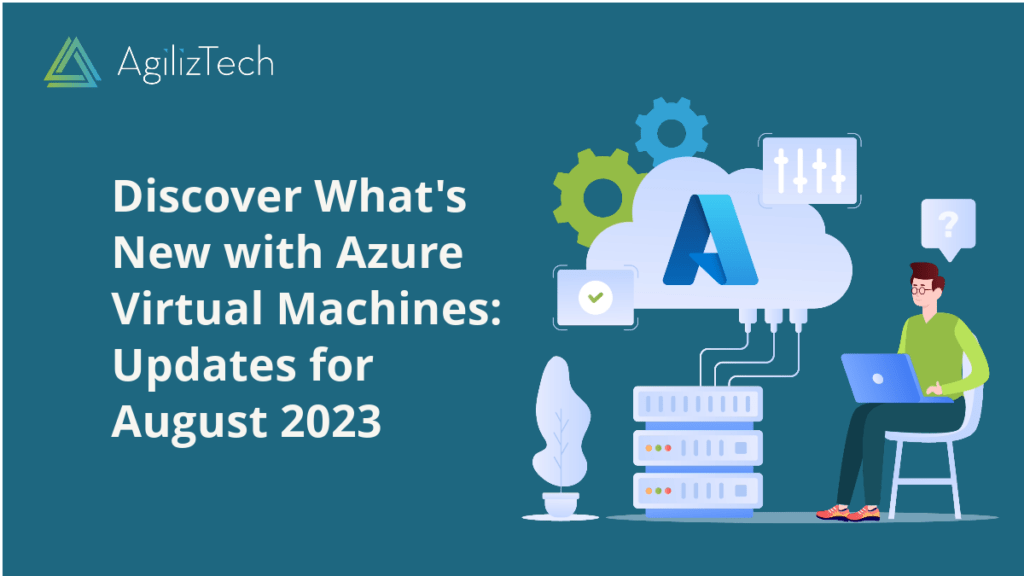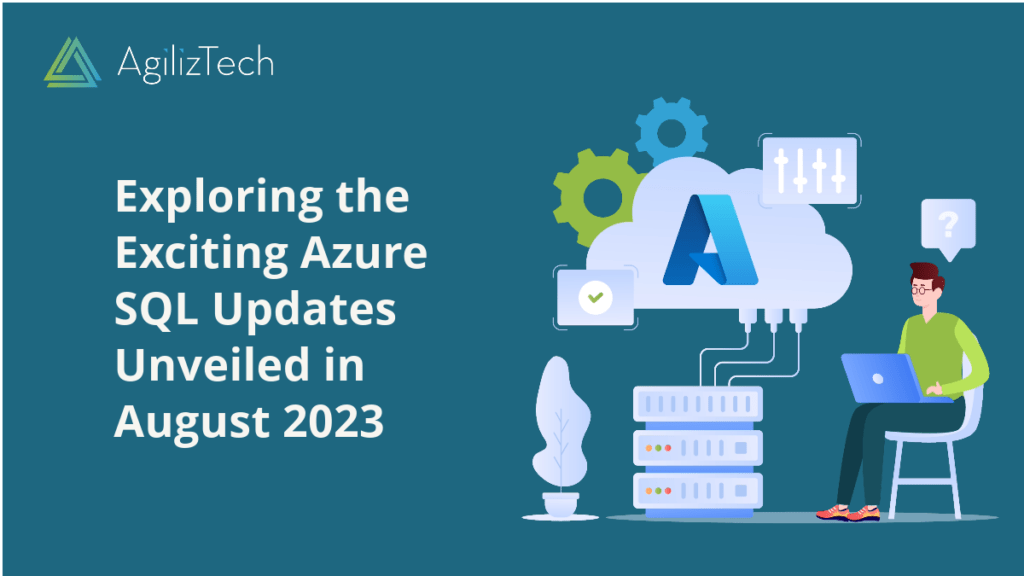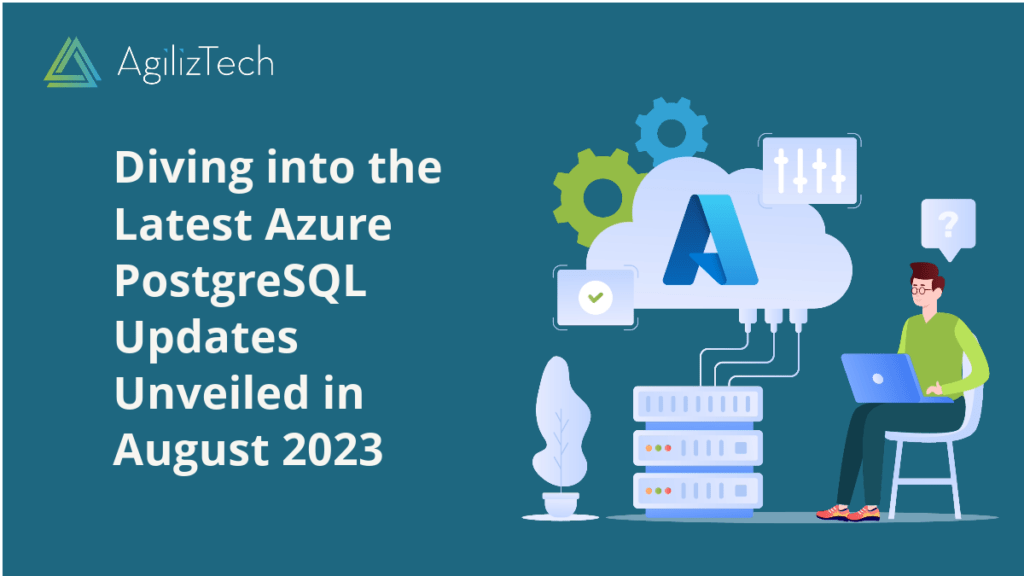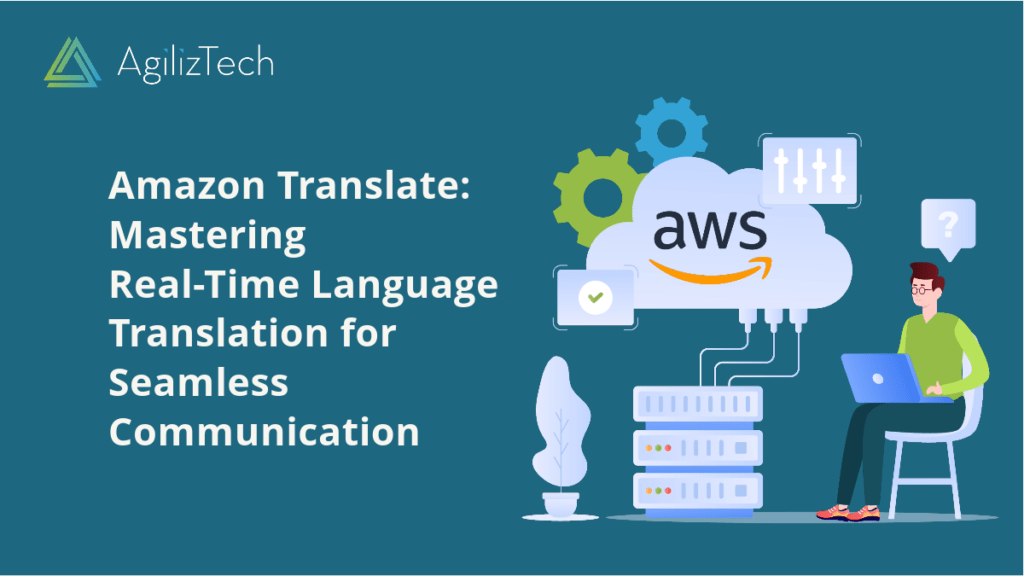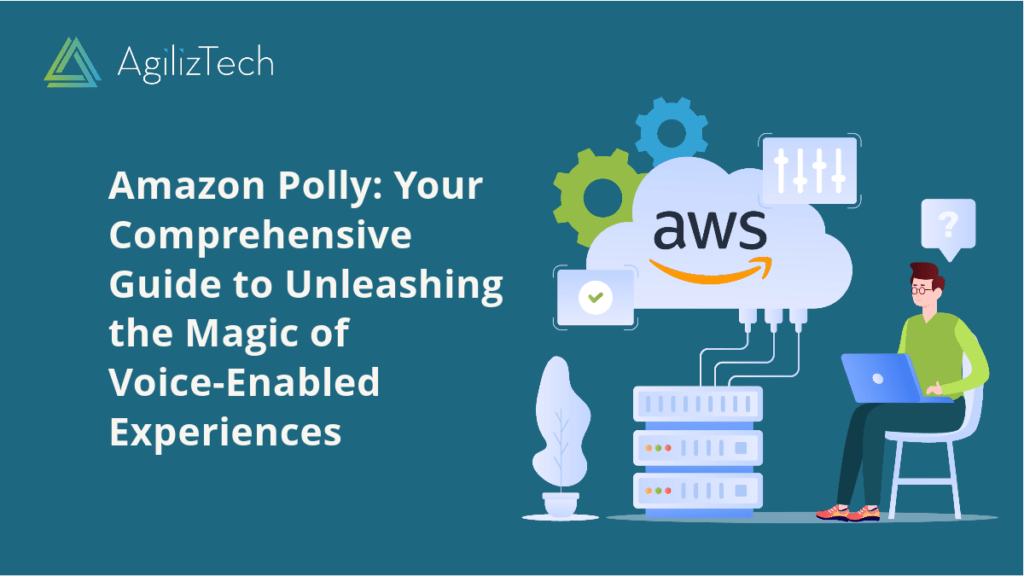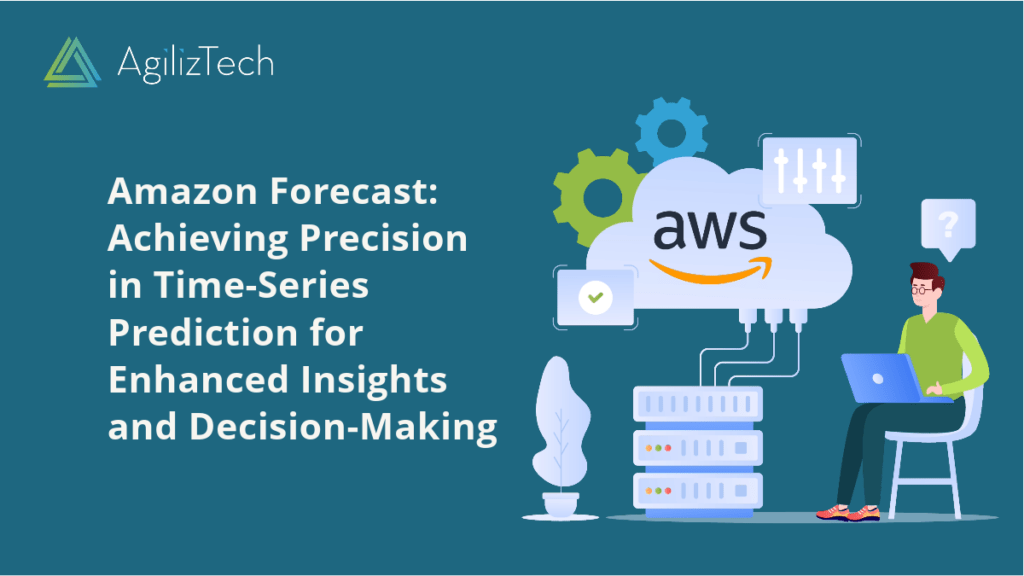Amazon Serverless Updates in August 2023
Serverless computing is a popular way to run applications without managing servers or provisioning resources. Amazon Web Services (AWS) offers serverless services that let you build and run applications with high availability, scalability, and performance. This blog post will highlight some of the new features and enhancements AWS announced for its serverless portfolio in August 2023.
Amazon Serverless: Lambda Extensions
Amazon Lambda extensions are a new way to integrate your Lambda functions. They can work with other AWS services, third-party tools, or your own custom logic. These extensions run in the same execution environment as your function. They can perform monitoring, logging, security, or configuration management tasks. You can use Lambda extensions from AWS partners. Partners include Datadog, New Relic, or HashiCorp. Alternatively, you can build your own using the Lambda Extensions API. These are now generally available and support Node.js, Python, Ruby, Java, Go, and .NET Core runtimes.
Amazon API Gateway HTTP APIs
API Gateway HTTP APIs are a fast and cost-effective way to create APIs for your serverless applications. HTTP APIs support OpenAPI specifications, JWT authorizations, CORS configurations, and custom domains. They are now integrated with AWS WAF, a web application firewall. AWS WAF helps protect your APIs from common web exploits. You can use AWS WAF to define rules that allow or block requests. Rules are based on criteria such as IP addresses, HTTP headers, or body content. Additionally, you can monitor and analyze your API traffic. This can be done using AWS WAF metrics and logs.
Amazon EventBridge Schema Registry
EventBridge Schema Registry is a feature that aids in discovering, creating, and managing the schemas of events. EventBridge Schema Registry is a feature that helps you discover, create, and manage the schemas of the events that you consume or produce. Now, it supports schema evolution. This means you can update your schemas without breaking compatibility with existing consumers or producers. You can also make use of schema versioning. It helps track changes and the history of your schemas.
Amazon DynamoDB PartiQL
DynamoDB is a key-value and document database that delivers single-digit millisecond performance at any scale. DynamoDB PartiQL is a SQL-compatible query language. It allows you to access data in DynamoDB using familiar SQL syntax. Furthermore, it now supports transactions. This enables you to perform multiple read and write operations atomically and consistently across one or more tables. Transactions can also be used with DynamoDB Streams. These streams capture data changes in DynamoDB tables. They deliver them to other AWS services or applications.
Amazon Serverless: SQS FIFO Queues
SQS is a fully managed message queue service that enables you to decouple and scale your serverless applications. The new SQS FIFO queues are a type of queue. They are designed to preserve the order and uniqueness of messages. These queues now support content-based deduplication. This means you can send messages with different attributes but the same content without creating duplicates. In addition, you can use content-based deduplication with message groups. Message groups allow you to group related messages into ordered sub-queues within a FIFO queue.
Conclusion
AWS continues to innovate and improve its serverless offerings to help you build and run applications faster, easier, and more securely. In this blog post, we covered some of the new features and enhancements that AWS announced for its serverless services in August 2023. We hope you find them useful and exciting. To learn more about AWS serverless services, visit https://aws.amazon.com/serverless/.
